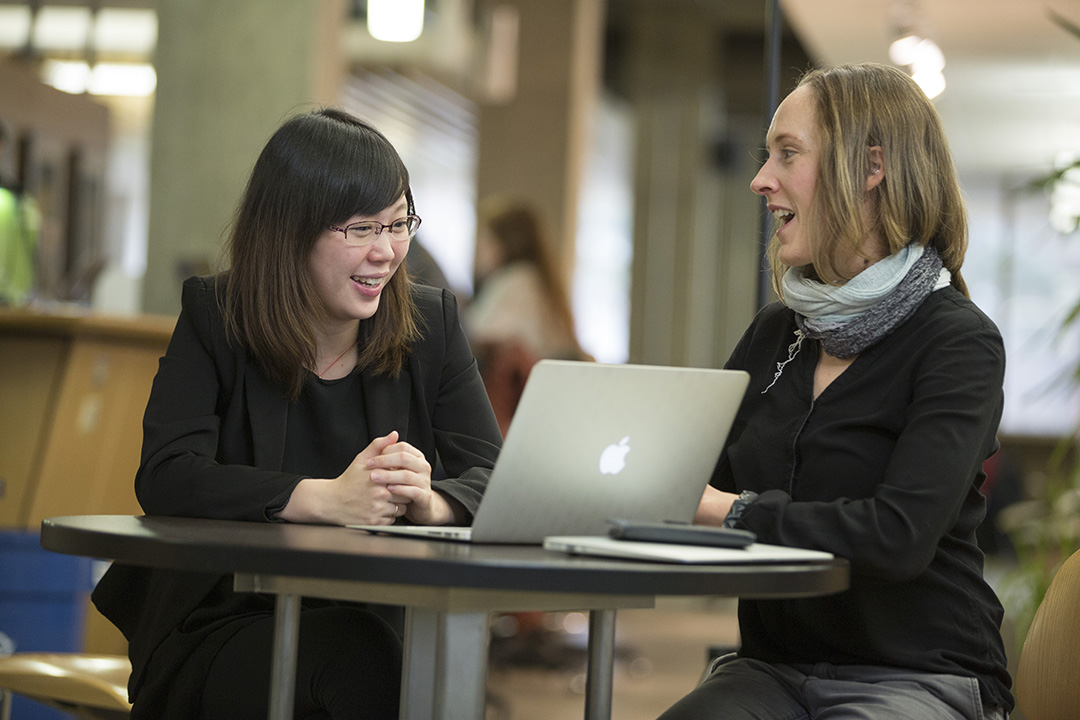
Tips to become an even better teacher
A new teaching year is upon us and with it instructors are likely contemplating strategies to further enhance their teaching practice.
According to Ryan Banow, an educational development specialist at the Gwenna Moss Centre for Teaching and Learning, this is the time of year that many instructors are considering ways to make their grading more efficient, planning to start a teaching portfolio, introducing a group assignment, or exploring methods of engaging students during class.
Banow, along with his colleges at the teaching and learning centre, have compiled a list of teaching tips that may help them address those considerations:
1. Include information in your syllabus on how you make use of formative feedback and provide some details about your own teaching philosophy. These help to build rapport with students and start the term off on a positive note.
2. At the end of each class before you rush to your next task, take two to five minutes to note your insights on individual lessons or activities. Then at the end of the term, review these notes to see what changes to make to the next iteration of your course.
3. Use formative assessment tools, such as two-minute memos or Top Hat, to obtain a clearer picture of your students’ progress and to increase their metacognition and engagement in the learning process.
4. Move away from “throw-away” or “one-person audience” assignments and have students create learning materials that can be built on by future classes.
5. Increase opportunities for students to engage in active learning through the use of video by flipping some of your classes. Take it even a step further by having students create multimedia projects in lieu of more traditional assignments.
6. Utilize a variety of teaching resources and readings to give students a wider perspective on the course content. Copyright Fair Dealing allows for excerpts from many resources to be used within your class.
7. For group projects, give students strategies and tools for learning and utilizing each other’s strengths. In addition, provide students with clear expectations not only for the overall project, but also their own individual contributions.
8. Have students submit their assignments online in Blackboard. You can use a built-in rubric and provide annotated feedback all within one interface. This could save you time and get feedback to students quicker.
For further exploration of these tips and topics, attend sessions during the Fall Fortnight from August 27 to September 7. Attend in person or online.

